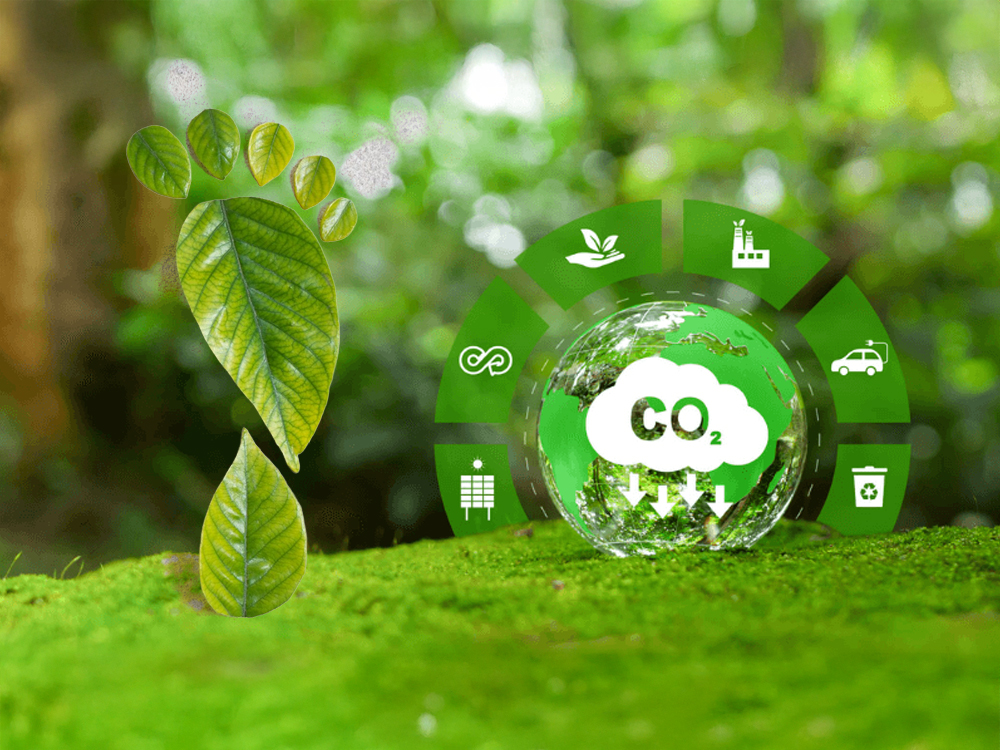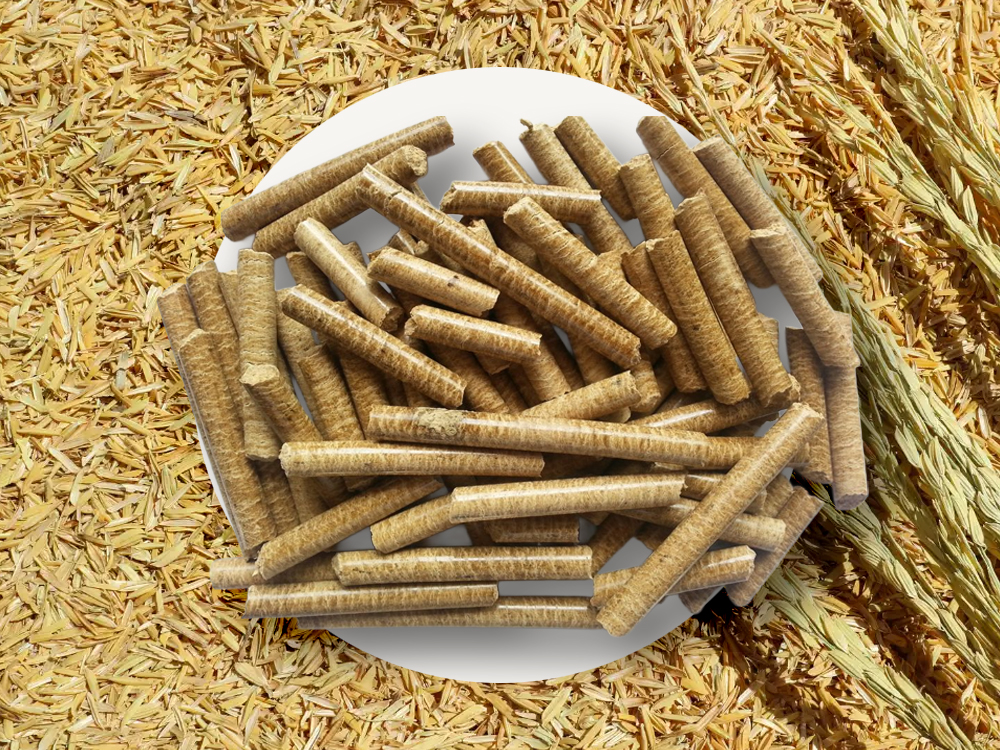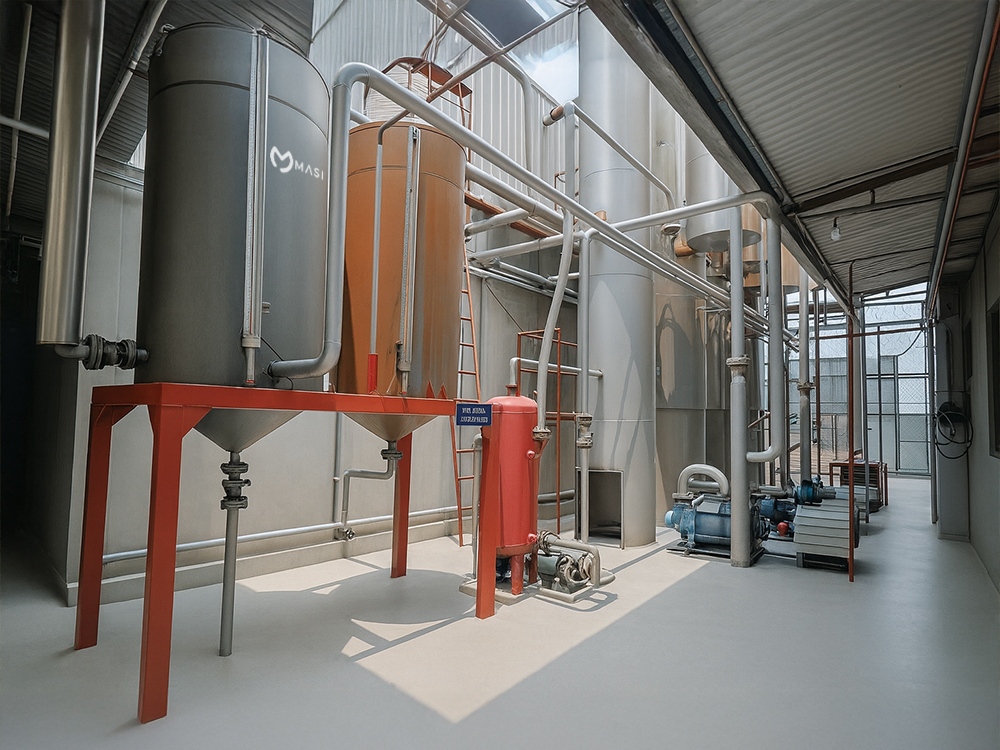Rice Husk and The Carbon Footprint
As climate change becomes increasingly severe, the term “carbon footprint” appears more frequently in international reports and export standards. Few would expect that rice husks - by-products of the rice industry often considered waste - could emerge as a solution to reducing greenhouse gas emissions. Beyond being an abundant source of biomass energy, rice husks also open new opportunities for businesses to optimize costs and adapt to the growing trend of a green economy.
What is Carbon Footprint?
“Carbon footprint” refers to the total amount of greenhouse gases - primarily CO₂ - released into the environment from production, operations, consumption or even from a single product throughout its entire life cycle.
In the context of global climate change, this concept is gaining increasing attention. Countries and businesses striving toward the Net Zero goal - zero net emissions - are being compelled to reassess their use of energy, raw materials and by-products.

Carbon footprint reflects the total greenhouse gas emissions generated from production and consumption activities
Business challenges in emission reduction
Industries today from textiles and seafood processing to cement, paper and plywood consume vast amounts of energy. The use of fossil fuels such as coal, FO oil, and LPG drives CO₂ emissions higher and enlarges the carbon footprint.
When exporting to demanding markets such as the EU, the US and Japan, businesses must comply with new requirements including carbon taxes and ESG regulations. This creates strong pressure to identify alternative sources of energy and raw materials that are more environmentally friendly.
Rice husks – a biomass solution for a lower carbon footprint
Rice husks, once considered merely a by-product of rice milling, are now being viewed from a completely different perspective: an abundant, low-cost and renewable green biomass resource.
Key highlights of rice husks include:
-
Renewable supply: rice is a short-term crop with high yields, ensuring a plentiful and continuous source of husks.
-
Biomass energy: the calorific value of rice husks ranges from 3,000 to 6,000 kcal/kg, sufficient to partially replace coal and oil in industrial applications.
-
Carbon neutral: while combustion of rice husks releases CO₂, the amount is nearly equivalent to what rice plants absorb during photosynthesis, making them effectively carbon neutral.
These attributes have positioned rice husks as more than a local resource; they are now a significant export product. Rice husk pellets and briquettes are gaining strong traction in markets such as Japan, South Korea and Europe, where renewable energy standards are particularly demanding.

Rice husks - an agricultural by-product that has been transformed into a carbon neutral biomass energy source,
replacing fossil fuels
Applications of rice husk in carbon emission mitigation
1. Fuel for industrial boilers
Seafood processing plants, textile dyeing facilities and wood manufacturing enterprises have gradually replaced coal and fuel oil with compressed rice husk pellets. This transition not only lowers operational costs but also significantly reduces the corporate carbon footprint.
2. Energy source for biomass power generation
In major rice-producing regions, rice husk can serve as a feedstock for biomass power plants. This sustainable energy solution not only utilizes agricultural by-products but also reduces reliance on fossil fuels.
3. Green industrial material
Rice husk ash is rich in high-purity silica (SiO₂), making it a valuable input in the production of lightweight construction materials, thermal insulation concrete and water-resistant bricks. This approach reduces the consumption of extracted natural resources while lowering CO₂ emissions in the construction sector.

From boiler fuel and biomass power generation to green construction materials, rice husk is playing a significant role in reducing the carbon footprint
Masi supplies high-quality rice husk
Meeting the growing demand for biomass energy and recycled agricultural by-products, Masi offers a wide range of rice husk-based products:
-
Rice husk for steam boilers, rice husk pellets: serving industrial factories.
-
Crushed rice husk: raw material for animal feed and bio-based products.
-
Rice husk bedding: enhances livestock environments, reduces odor and lowers operational costs.
Masi maintains strict quality control, ensuring appropriate moisture, particle size and impurity levels for each application, providing businesses with a stable and reliable rice husk supply.
Once considered waste, rice husk is now emerging as a vital resource in the global effort to reduce carbon footprints. Its utilization not only lowers costs but also contributes to greenhouse gas reduction, paving the way toward a green economy and sustainable growth. In this inevitable transition, rice husk is no longer just an agricultural by-product but a green resource for the future.
------------------------------
Contact information:
Masi
-
H.O: 7th Floor, Giga Mall, 240 - 242 Pham Van Dong, Hiep Binh Ward, Ho Chi Minh City
-
Factory: Lot C11, Fish Sauce Processing Zone, Phu Thuy W., Lam Dong Province
-
Factory: Hoi Hamlet, Kim Son Commune, Dong Thap Province
Email: Cs@Masi.vn
Call center: 0909 411 885 - 0911 401 955 - 0979 045 766
Facebook: https://www.facebook.com/Masi.fishmeal
LinkedIn: https://www.linkedin.com/company/Masifishmeal/